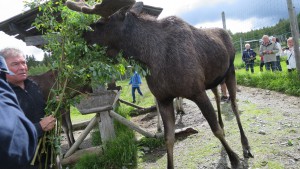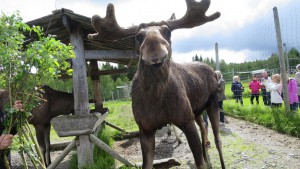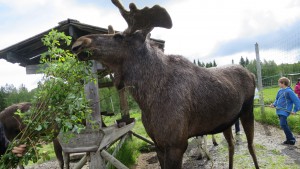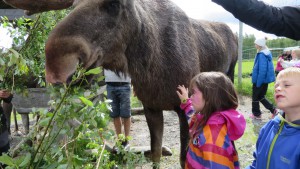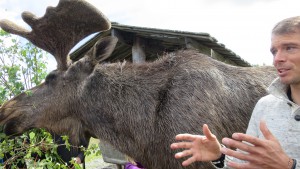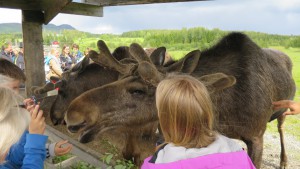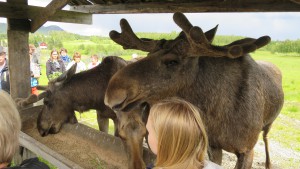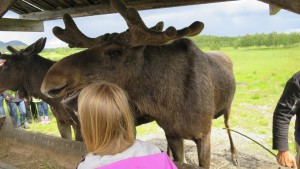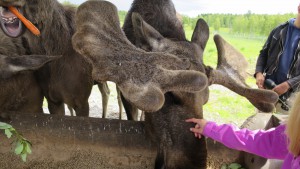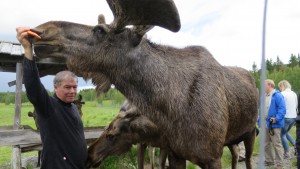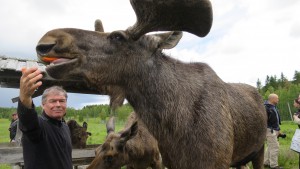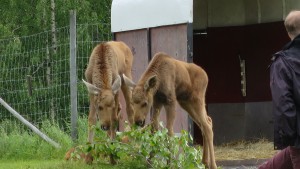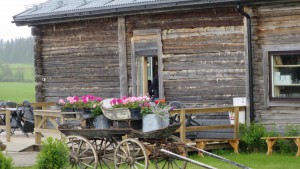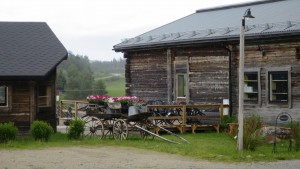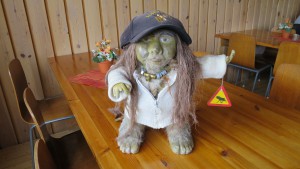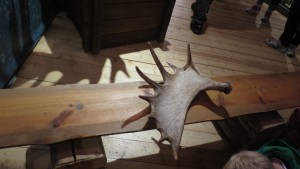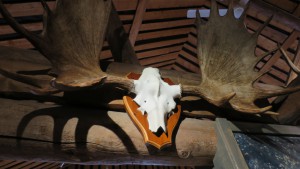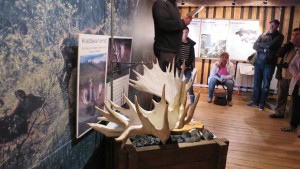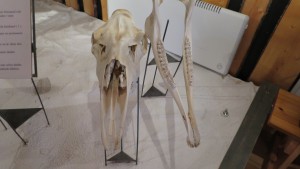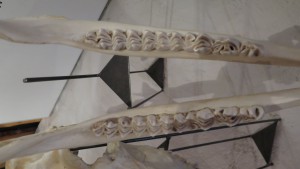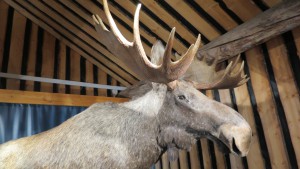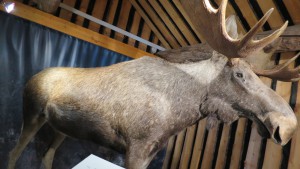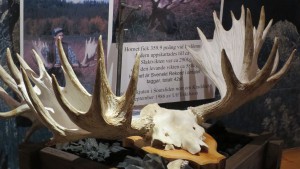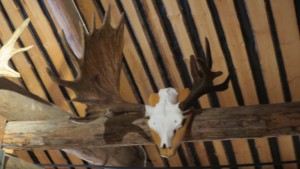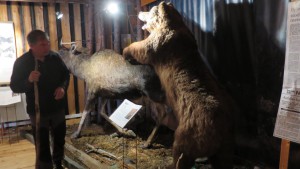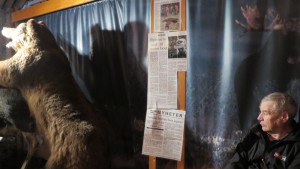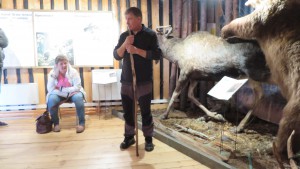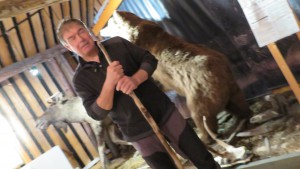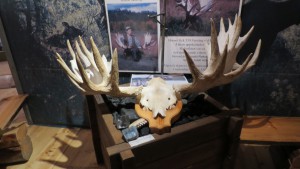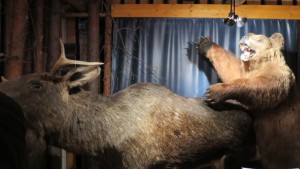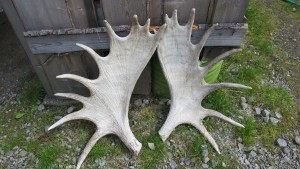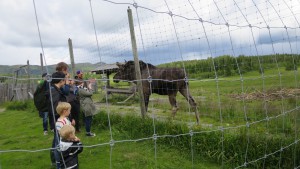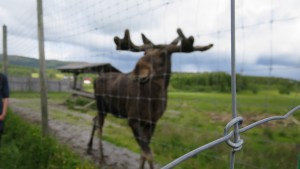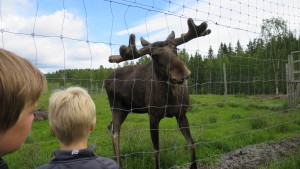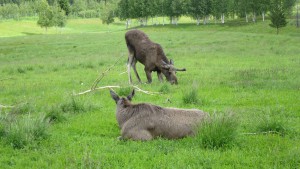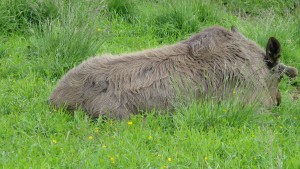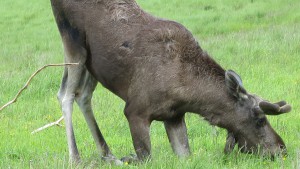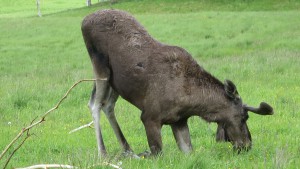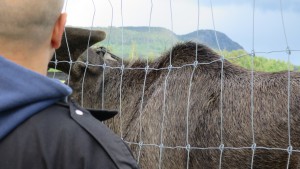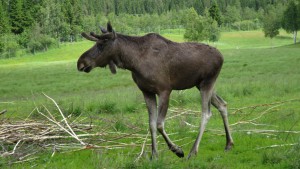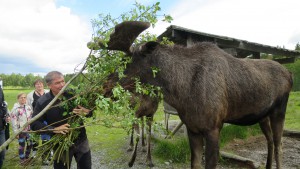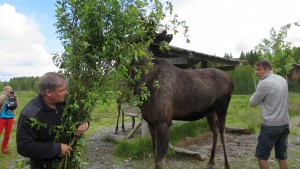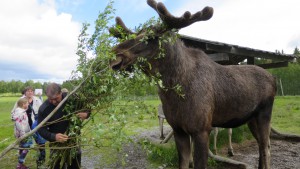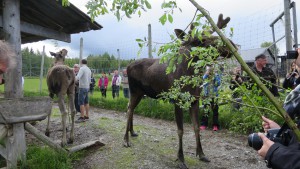Stockholm, June 25(Greenpost)– WSSCC, a UN organization for water and sanitation has stretched its hand to help Chinese women to pay attention to hygiene and health during their menstrual period.
Some 76% of Chinese women are uncomfortable in a social setting — a dinner with friends or family, for example – while having their period, participants learned today at a special seminar hosted by the global hygiene company SCA and its affiliate Vinda International together with WSSCC.
The seminar, “Hygiene Matters 2014” focused on the findings of a recent survey of the same name and assembled 30 people, including representatives of elderly welfare associations in seven Chinese cities, to the SCA Pavilion in Sanya. The pavilion is hosting a range of events during the two-week stopover of the Volvo Ocean Race in this southern coastal city.

WSSCC’s Archana Patkar, Programme Manager for Networking and Knowledge Management, was one of three keynote speakers at the event. She joined Ulf Söderström, President SCA Asia Pacific; Kersti Strandqvist, Senior Vice President Sustainability, SCA; and Cynthia Yu, Marketing Associate Director, Vinda International.
Ms. Patkar discussed the links between hygiene, aging and disability. She noted that for men, and particularly for women, there are distinct hygiene-related needs that coincide with the human lifecycle, from birth to old age and including periods of disability, both physical or mental, that most people eventually encounter.
“We must unlock dignity for all people in all the stages of their lives,” said Ms. Patkar. “For women and for men, this means not being afraid to talk about issues linked to childbirth, puberty, menstruation, menopause and old age, including incontinence.” Do public facilities, for example, consider lifecycle differences, she asked, such as lower wash basins which can be reached by wheelchair-bound people?

Ms. Strandkvist and Mr. Söderström gave global and Chinese results emanating from the 13-country Hygiene Matters Consumer Survey 2014. The survey is designed to glean insights which can be used to raise awareness among decision makers, experts and the general public on hygiene and health, as well as improve the quality of the company’s products, 80% of whom are women.

In China, personal hygiene, according to one of many survey responses, was the greatest worry of growing old – with issues such as elderly incontinence ranking higher than sickness, Mr. Söderström said.
“Compared to other surveyed countries, Chinese people are quite worried of becoming ill due to poor hygiene – more than half of the respondents worry often or always. In China, SCA and Vinda aim to strengthen the possibility of improved hygiene for people everywhere by providing innovative solutions to the market that improve the quality of life for millions of people; from developing professional nursing services to championing elderly education and providing assisted living expertise,” said Mr. Söderström during the presentation of the local survey results.
There are also economic impacts, Ms. Strandkvist revealed. As people live and work longer, untreated incontinence reduces quality of life and causes enormous costs to society by reducing working people’s productivity an average of 12.6 days per year. In addition to this, caregiving relatives lose in average 3.7 hours work per week while attending to their relative. In just Shanghai, Beijing and Guangdong, this value loss is estimated at USD 1.7 billion in 2014.
Whether the issue is incontinence or menstrual hygiene, Ms. Yu said the aim for SCA and Vinda International is to “raise awareness about the connection between hygiene, health and well-being, and to strengthen the possibility of improved hygiene for people everywhere.”

Since November 2014, SCA, a leading global hygiene and forest products company, and WSSCC have teamed up in an innovative public-private partnership to break the silence around menstruation for women and girls around the world. In connection with the all-female Team SCA’s participation in the around-the-world Volvo Ocean Race, WSSCC and SCA (a member of the UN Global Compact) are campaigning for greater attention to the issue, as well as hosting educational and training events designed to leave practical skills in the stopover sites.

On Wednesday and Thursday of this week, the two partners together with Vinda International and the Office of Women and Children Affairs of Hainan Provincial Government will conduct menstrual hygiene teacher training, as well as an educational workshop with school girls in the capital city of Haikou. Similar activities took place last November with The Volunteer Centre, a local NGO, in Cape Town, South Africa, for young girls from local townships.
At any given moment, 800 million women around the world are menstruating, and in many countries, millions of them are left to manage their periods with unhygienic solutions such as cloth, paper or clay, and without access to private toilets, water or soap. Sanitary products like pads are unaffordable or unavailable, and urinary or reproductive tract infections are common. As a result, girls miss valuable days in school, and women are unable to work, stifling productivity and advancement.
Source WSSCC website
Editor Xuefei Chen Axelsson



